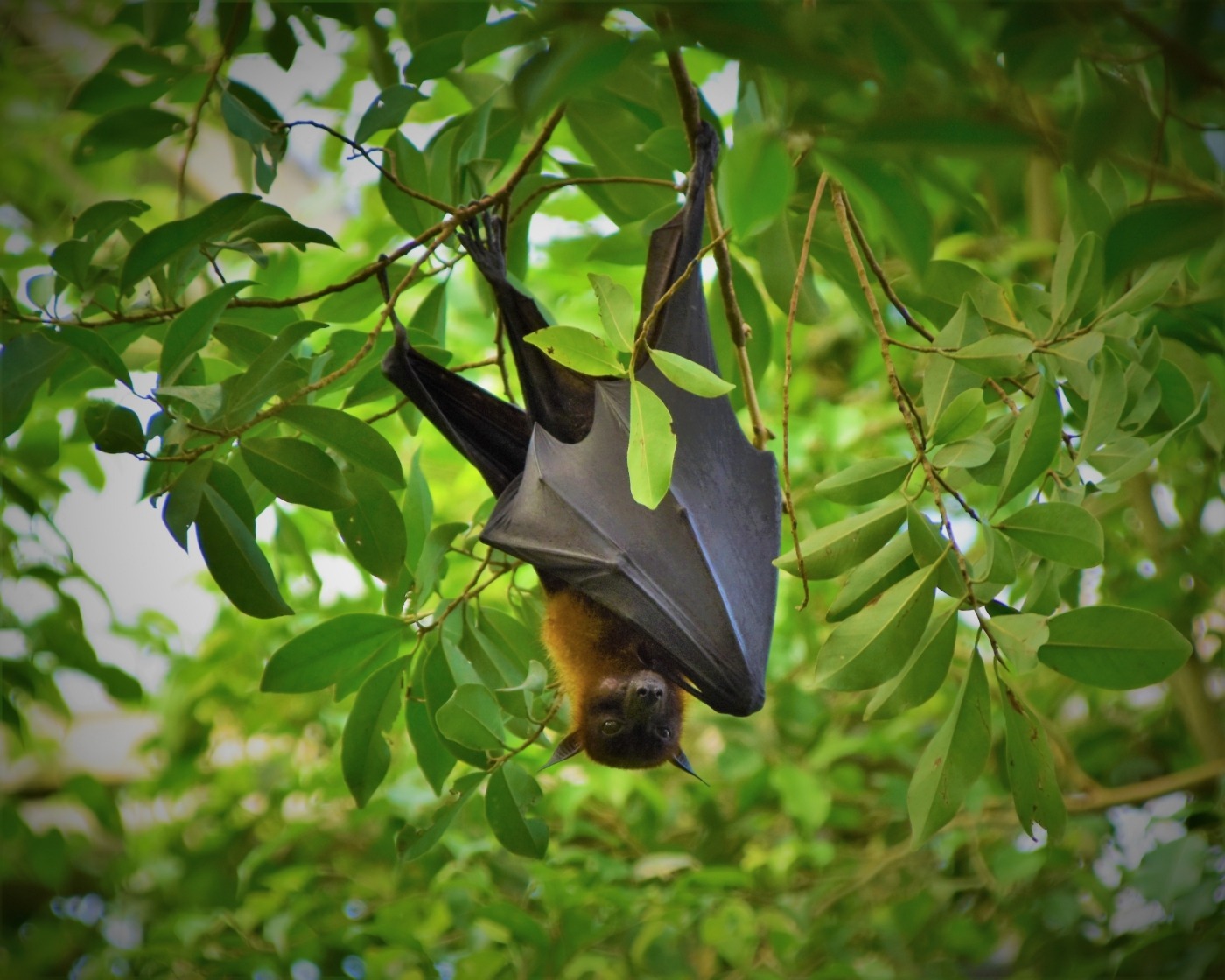Why bat scientists are keeping their distance
According to an article in Science News, scientists are trying to avoid being in too close proximity to bats. These creatures spring to mind when one thinks of coronavirus but researchers have, so far, only conducted studies from a distance. For example, acoustic monitors have been used to detect noises the creatures make. Furthermore, although SARS-CoV-2, the virus which causes Covid-19, is believed to have originated in bats, none of the more than 40 bat species found in North America have displayed signs of it or other coronaviruses of the same genus.
Humans have sadly become used to the need to socially distance from one another. Aiming to reduce transmission of the virus, we have recognised the importance of spending more time physically apart as opposed to mingling. Humans have been remarkably adept at adapting to this: the popularity of Zoom has shot through the roof; lectures are online for the foreseeable future. We have become used to being apart.
It is not only between humans that social distancing measures need to be in place, scientists conduct research on animals all the time. To understand how they live, their means of adapting to the world and their futures as a species, constant research and relatively close contact used to be the norm. The coronavirus pandemic has changed this.
Researchers are worried about accidentally transferring Covid-19 to bats
It is impossible, obviously, to make bats socially distance; it is therefore up to humans to take charge. Researchers are worried about accidentally transferring Covid-19 to bats. As the Science News article argues, the aim is always to reduce the transmission of Covid-19, whether it is to humans or other animals. Were the virus to spread, bats could then possibly re-infect humans. Nobody is immune from passing on the virus to another species.
Similarly, it is feared that spreading this particular strain of coronavirus to bats could in itself lead to a new virus. By passing the disease on, bats could create a new version of the disease. The safest course of action then, is to prevent new activities with bats that require social interaction and engagement.
Socially distanced experiments are still possible. It is possible to identify the different bat species and understand the viruses they carry using strategically positioned cameras, allowing humans and bats to remain far apart. It is possible, therefore, for bat species to thrive, all while humans take part. Where social distancing is impossible, personal protective equipment is worn.
Interestingly, some bats are more effective at social distancing than others. A report in The Guardian found vampire bats, which derived from fruit bats 26 million years ago, were experts at remaining apart from other bats. Injected by scientists with a substance that mirrored a bacterial infection, they knew to spend more time apart from other bats. Containing the disease, this meant that fewer vampire bats were actually infected.
A report in The Guardian found vampire bats, which derived from fruit bats 26 million years ago, were experts at remaining apart from other bats
Social distancing, it seems, is not exclusive to bats. According to Scientific American, many animals, including mammals, fish and insects, use social distancing where necessary for their survival. While prey might stay together to fend off predators, this can lead to the spread of contagious disease. Lobsters, for example, can recognise when one of their fellow creatures does not seem quite right. Sometimes, the threat of open water is safer than the knowledge of catching a disease.
Why is this so natural to animals but not humans? We have vaccines. Humans have come to rely on any form of social distancing soon coming to an end thanks to the protection a vaccine brings. Containing a small amount of the infectious agent, it allows for herd immunity to build up among a population. Animals, be they vampire bats or lobsters, do not enjoy that same luxury. Their only means of survival, surely the most basic instinct of any sentient being, is to retreat from the threat. This trumps anything, even collective species protection.
According to a Science study from 2011, bats benefit humans through pest control, saving North American farmers more than $3.7 billion per year. This means humans benefit from bats being safe and able to flourish. While all of us want to socially engage in the future, this looks like a long term feat. As for broader experiments on animals, this is something unlikely to happen in the immediate future. Instead, we should allow the wings of bats to fly and promote the ideals of freedom. As for the human desire to be free within nature and explore, that is something there will always be time for in the very near future.

Comments